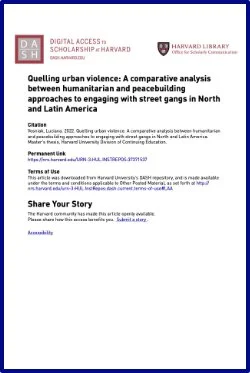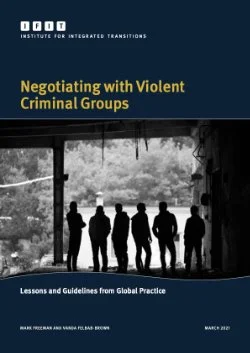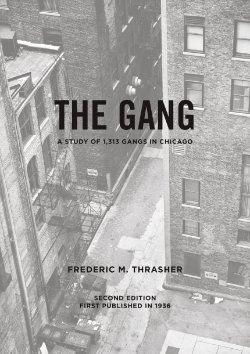By Thomas Barker
This brief covers the unique crime group of Outlaw Motorcycle Gangs. Outlaw Motorcycle Gangs are adult criminal associations composed of “bikers” living a deviant lifestyle that includes individual, group, and club criminal behavior. These groups are sometimes called one percenters, due to the American Motorcycle Association statement that ninety-nine percent of motorcyclists are law abiding citizens. While many may be familiar with the reputation of the Hells' Angels, many may not realize the wide network of other Outlaw Motorcycle Gangs or the extent of their involvement in criminal activities. The brief includes a breakdown of the criminal networks and activities of these groups, which operate similarly to an organized crime group. It also covers the evolution of motorcycle clubs to motorcycle gangs. It examines the recent trend of American-based motorcycle gangs into international organized crime activities. This book will be of interest to researcher studying criminology, particularly organized crime and criminal networks, as well as international and comparative law and public policy.
Cham: Springer Nature, 2014. 58p.





















